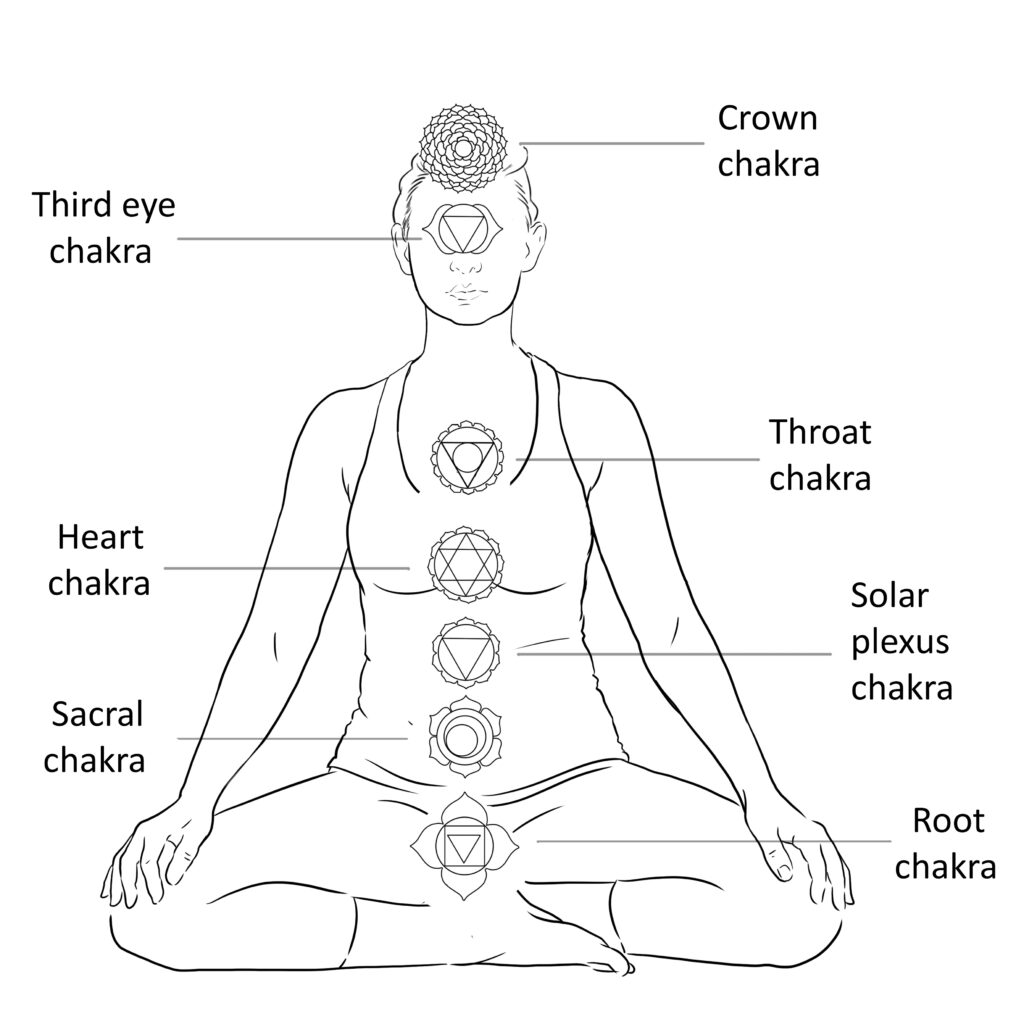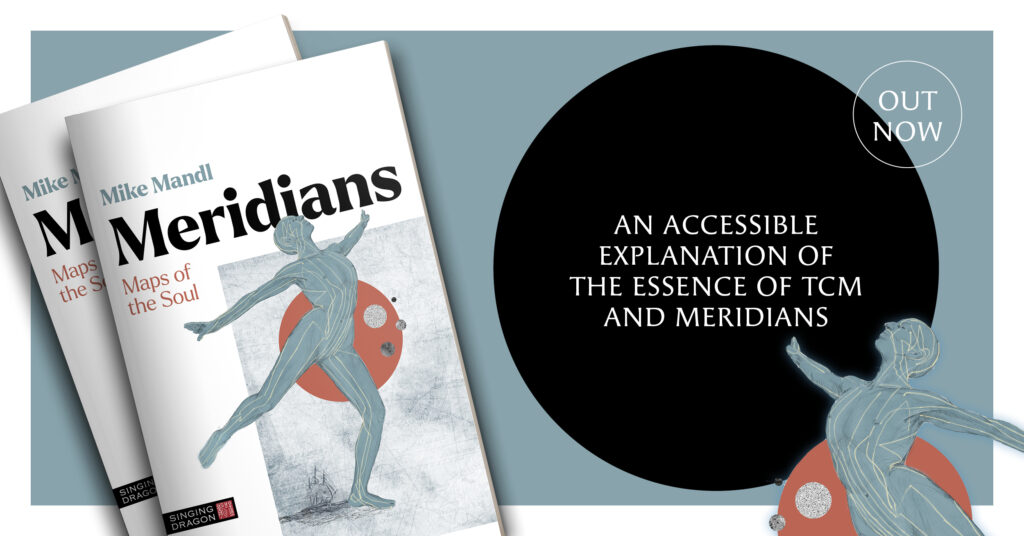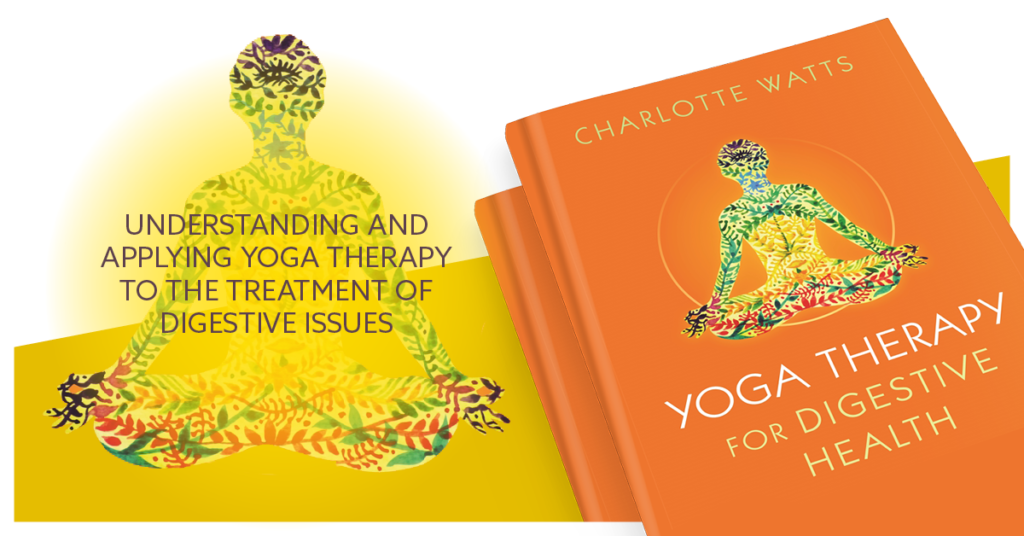Written by MaryBetts Sinclair, author of Hydrotherapy for Bodyworkers: Improving Outcomes with Water Therapies.
In combination with skilled touch, water treatments are perhaps the very oldest and most revered of all healing modalities. Pain from injuries, issues from damaged muscles and joints, circulation problems, chronic tension, chronic pain and emotional stress have long inspired healers to relieve suffering this way.
From ancient Rome’s great baths to Russian saunas, Indian Ayurvedic steams, Native American sweat lodges, Turkish baths and Japanese hot springs, peoples the world over use and love hydrotherapy and massage together. In Germany, the warm waters of Baden-Baden have been used for over eight thousand years, and in Bath, England, for ten thousand. 2800 years ago, Irish sweat houses made of sod and stone were used for rheumatism.
As a bodywork student or practitioner, you may be wondering what is the advantage of adding water treatments to your skill set. Here’s how it can improve your effectiveness:
*** Like massage, hydrotherapy can relieve discomfort and pain, stimulate the flow of blood and lymph, and make connective tissues more pliable and comfortable to the touch.
***Hydrotherapy is soothing and stress-reducing. The ancients realized the effect depression and stress can have upon a person, and over centuries, chronic depression was called everything from gloom or melancholia to neurasthenia or dysthymia. In ancient Greece, while warriors bathed to reduce fatigue and promote wound healing, warm baths were also ordered to relieve “dejection and low spirits.” The founder of modern psychiatry, Philippe Pinel, (1745-1826) recommended warm baths to calm “overwrought nerves.”
Continue reading








